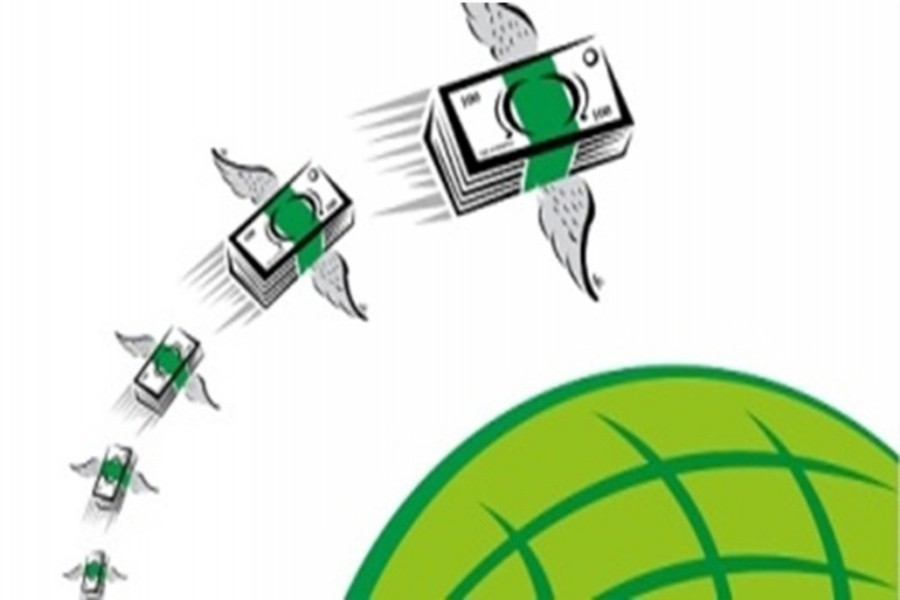More than three weeks have passed since the national budget for the current fiscal years (FY20) got approval. The authorities concerned are yet to devise any mechanism to provide the announced 2.0 per cent incentive on remittance. The Ministry of Finance and Bangladesh Bank are still working on the matter. Media reports suggested that both the finance ministry and the central bank are at a loss about implementation of the announced incentive measure as scope is wide open for misuse of money.
As it is known, Bangladesh is the second country in the world going to provide incentive to foreign exchange remitters. Pakistan introduced the scheme a year back and its outcome is still not visible.
Authorities are now working on the mode of payment. Instead of paying 2.0 per cent of remitted money to a sender or receiver, they are now thinking to adjust it with the cost of sending the remittance. The idea behind this is to avoid direct cash payment. In this connection, it is important to identify the cost of remittance rightly. The World Bank calculation showed the cost of sending the wage earners' remittance through official channel range between 1.33 per cent and 5.92 per cent. The cost differs from country to country and also from exchange house to exchange house. The global average cost of sending remittance is estimated at 7.0 per cent. No doubt, there is a scope for reducing the cost further and incentive may be used to do so.
The monetary and financial authorities of the country have also expressed concern that taking the advantage of the incentive, illicit money may enter into the economy. It is difficult to understand the merit of the proposition. Money once sent through the official or banking channel is clearly legal. There is little scope to raise question about the source of money send by the NRBs. Those who are sending money through banking channel cannot but send their legal income. Even, some of them use the unofficial channel to send the legal income to get a better deal. Trying to find black money in the remittance process will give a wrong message and may divert remittance from official to unofficial channel.
Bangladesh received remittance worth US$ 16.42 billion in the past fiscal year (FY19), recording 9.65 per cent growth over the previous fiscal year (FY18). The country's remittance-GDP ratio is estimated at around 6.0 per cent. The ratio has been slowly declining for the last few years. It was around 9.63 per cent in FY12 which almost halved after six years. Nevertheless, remittance is a vital tool to support the balance of payments and contributes significantly to rural economy. So, enhancing the inflow through official channel is critical.
As a new kind of incentive measure, the whole thing requires a detail examination. It now seems that the decision to incentivise the remittance-sending Non-Resident Bangladeshis (NRBs) is not backed by adequate study. It is also not clear why such a measure has been announced without adequate preparation. As the finance ministry is the focal point of the budget, it is a reasonable expectation that it would examine the pros and cons of the measure. Moreover, an exercise on the implementation mechanism should also be there before making the announcement. The whole thing now appears like putting the cart before the horse.


